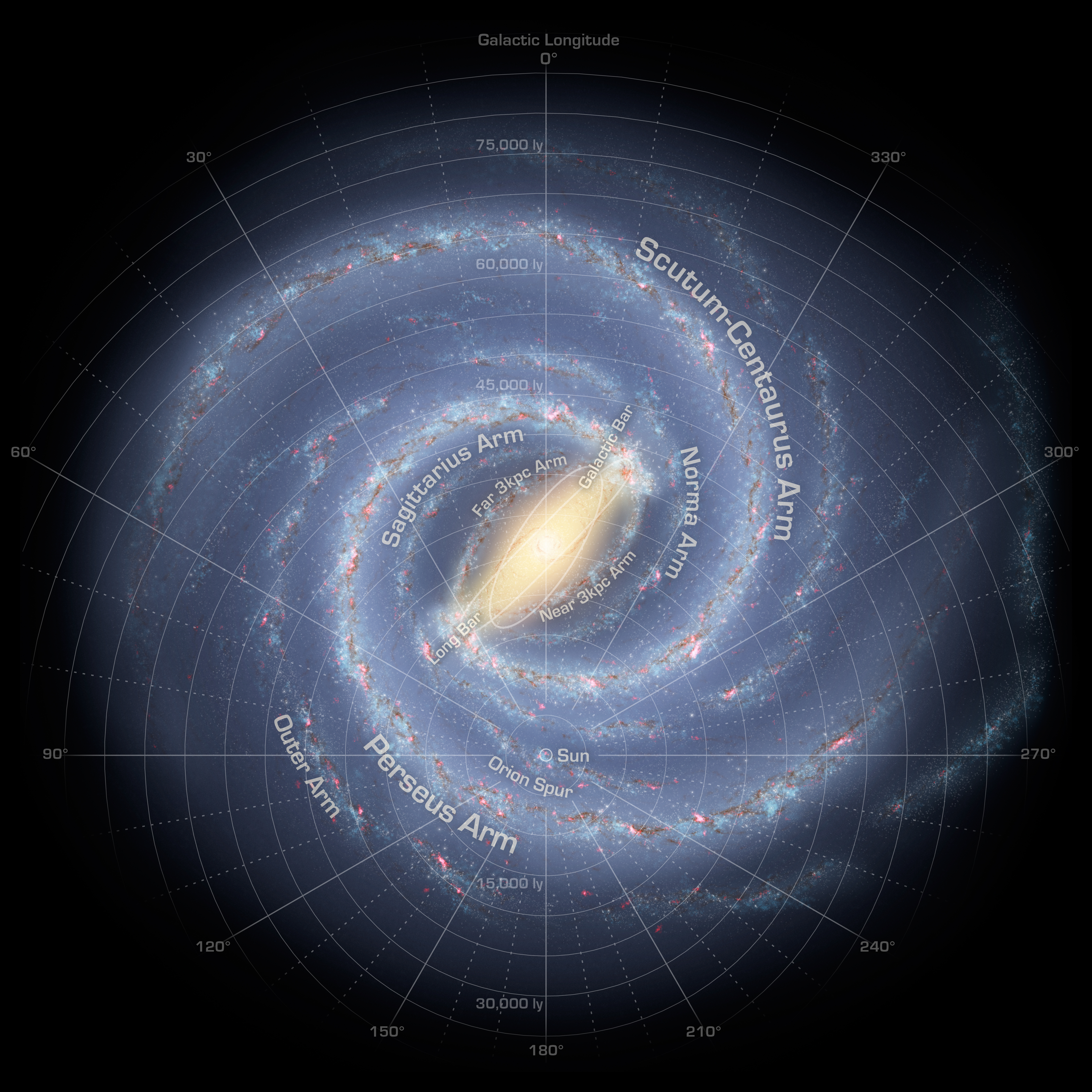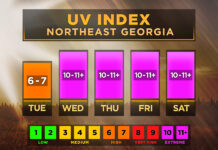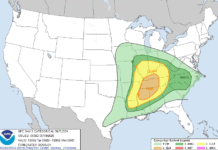
The weather this week looks absolutely perfect for stargazing. This week I wanted to slow things down and just cover one thing everyone should make an attempt to see in their lifetime: the Milky Way.

The Milky Way is the name of the galaxy that we call home. We are located far out from the center on one of the spiral arms spinning rapidly around a massive black hole, though from our perspective we may as well be standing still. No one has ever seen the Milky Way as a whole, as we are located squarely within it, but anyone can step outside and see the wonder that gave it its name.
With the moon rising later each night and a forecast of clear skies for most of the week there hasn’t been a better stretch of weather for stargazing than we have coming up. This will make for the perfect opportunity to get away from the city lights and take a peek at the cloudy stretch of sky currently located high up when the sun goes down.
The Milky Way has been viewed for thousands of years, though it wasn’t until the 1700s that it was thought to be our view of our galaxy. It took until the early 1900s for proof that our view was, in fact, of the spiral arm which we are a part of.

When viewed from Earth, it appears as a stretch of “milky” sky, hence the name. It has been compared to milk since Latin and Greek were the primary languages, and the description couldn’t be more fitting. It appears to stretch across almost the entire sky during late summer and fall in the Northern Hemisphere, with the brightest part lying towards the southwest and the dimmer parts to the northeast. It appears as a near continuous band with just one break almost straight overhead which is almost perfectly framed by the stars Deneb and Sadr. Long exposure photographs reveal a large amount of detail not able to be seen with the naked eye. The best way to view the Milky Way is to get far away from any city lights so the sky is as dark as possible. It can be seen with a small amount of light pollution but the darker the skies the better the view.

If you point a telescope anywhere along this patch of sky you will be greeted by hundreds, if not thousands of stars. There are countless nebula and star clusters visible, including some of the ones we have covered in previous weeks. Speaking of which, this week will be excellent for checking out almost any of the objects we’ve covered so far except for the moon which won’t be rising until the pre-dawn hours.
Take advantage of the beautiful weather this week to head out and watch the skies!







